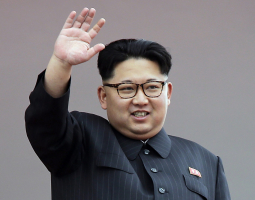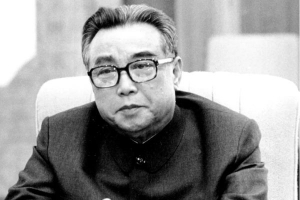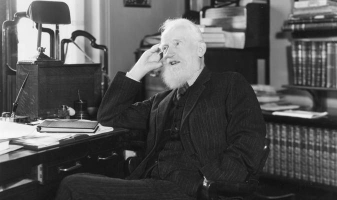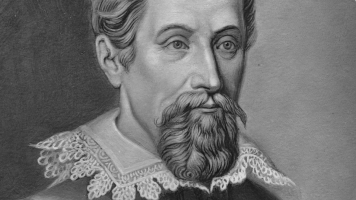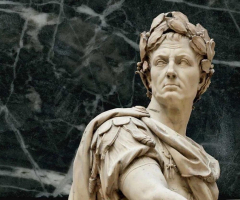Top 11 Interesting Facts about Kim Jong-il
Kim Jong-il, also known as Kim Chong Il, was the leader of North Korea and the son of Kim Il-Sung. He was born on February 16, 1941, in Siberia, USSR, and ... read more...passed away on December 17, 2011. He was chosen as his father's successor in 1980 and rose to the position of de facto leader of North Korea upon his father's passing in 1994. He is known in his home country as "Dear Leader." His pursuit of nuclear weapons technology and the 1990s' catastrophic hunger were hallmarks of his leadership of the nation. Relations with South Korea were typically harsh under Kim Jong-il, although they also had continuing diplomatic discussions. Here are the most interesting facts about Kim Jong-il you should not miss!
-
On North Korea's revered Baekdu Mountain, a double rainbow and a bright new star are said to have heralded the birth of Kim Jong-il in 1942, which is one of the most interesting facts about Kim Jong-il.
In contrast to other biographies, the official North Korean account of Kim Jong-il's life claims that he was born at a guerrilla base camp on Mount Paektu, the highest point on the Korean peninsula. It also claims that his birth was heralded by fortunate omens like the appearance of a double rainbow in the sky. Kim's birthday is supposedly celebrated around the world, but North Koreans, many of whom are purportedly facing starvation, are not aware of this.
One of Kim's mother's friends, Lee Min, claimed that word of Kim's birth first traveled via radio to an army camp in Vyatskoye; Kim and his mother did not return there until the following year. According to reports, his mother passed away in 1949 during giving delivery. When World War II came to a close and Korea reclaimed its independence from Japan in 1945, Kim was just four years old. That September, his father went back to Pyongyang, and in late November, Kim went back to Korea on a Soviet ship, arriving in Sonbong. The family relocated to a garden and pool-equipped former Japanese officer's residence in Pyongyang. In 1948, Kim's brother drowned there.
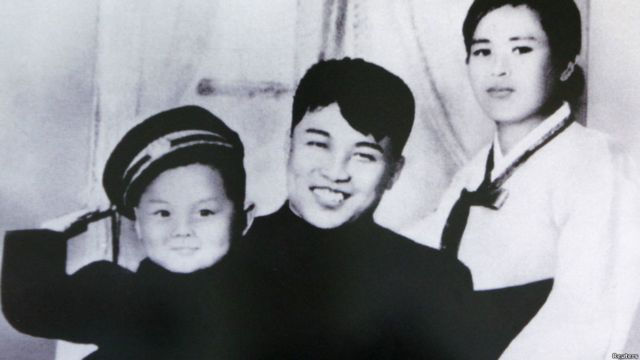
Photo: https://www.bbc.com/ 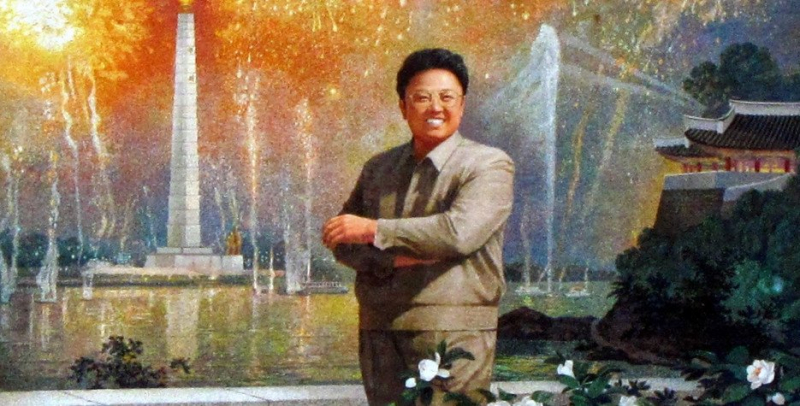
Photo: https://www.officeholidays.com/ -
Kim increased the aura of mystery that already surrounded his father and himself while serving as the nation's leader. His personal life was the subject of conflicting rumors, the majority of which were unreliable and, maybe on purpose, served to heighten the mystery. Although the works remained essentially propagandist vehicles, it was known that Kim was interested in the arts and promoted greater originality in literature and movies. Kim, a well-known cinephile, ran a production company before becoming the head of state. It produced artwork honoring communist principles, Kim Il-self-reliance Sung's program for the country (Juche), and later Kim Jong-il's "military first" (sŏngun chŏngch’i) strategy.
Kim reportedly has more than 20,000 video tapes and DVDs in her collection. He loved Godzilla, Friday the 13th, Rambo, Hong Kong action movies, and anything with Elizabeth Taylor. To start the North Korean film industry in 1978, Kim gave the order to abduct South Korean film director Shin Sang-ok and his actress wife Choi Eun-hee. Ten years later, they allegedly broke free while visiting Austria, and since then, they have been given asylum in the United States.
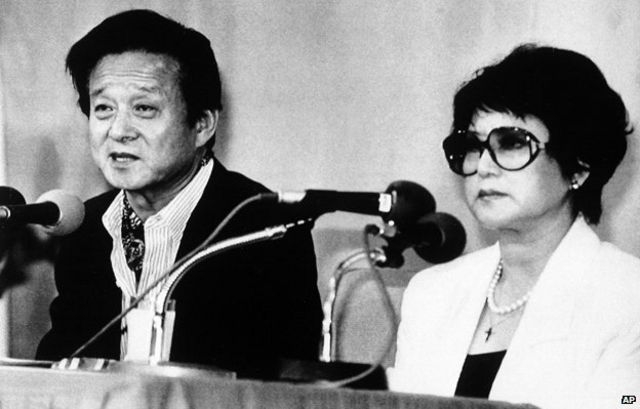
Photo: https://www.bbc.com/ 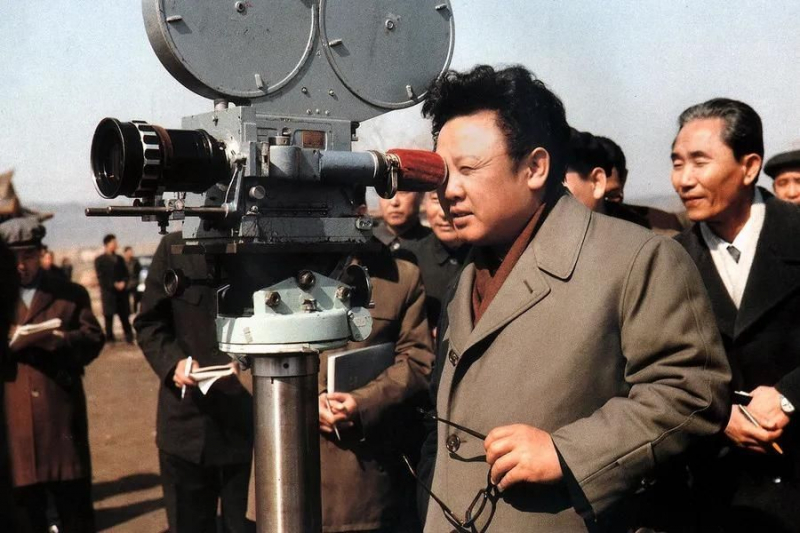
Photo: https://www.vanityfair.com/ -
In October 1980, Kim was formally named as his father's successor. He also held important positions on the Central Committee, the Politburo, and the Party Secretariat before being assigned command of the armed forces in 1990–1991. Kim Jong-il took over as de facto leader of North Korea after Kim Il-Sung passed away in 1994 from a heart attack. He was appointed KWP chairman in October 1997, and in September 1998, he formally took over as the position's highest-ranking official. The Supreme People's Assembly abolished the presidency, reserving for Kim Il-Sung the posthumous title of "eternal president," and the younger Kim was re-elected chairman of the National Defense Commission, a post whose authority was increased.
Kim made efforts to change North Korea's long-standing isolationist policy after taking power and as his nation dealt with famine and a suffering economy. Kim worked to strengthen ties with various nations in the late 1990s and early 2000s.
Additionally, he seemed to be abiding by the terms of a 1994 agreement (known as the Agreed Framework) between North Korea and the United States, under which North Korea would abandon its nuclear program in exchange for arranging for the construction of two nuclear reactors that could generate electricity by an outside party. The project's main contractor was South Korea.
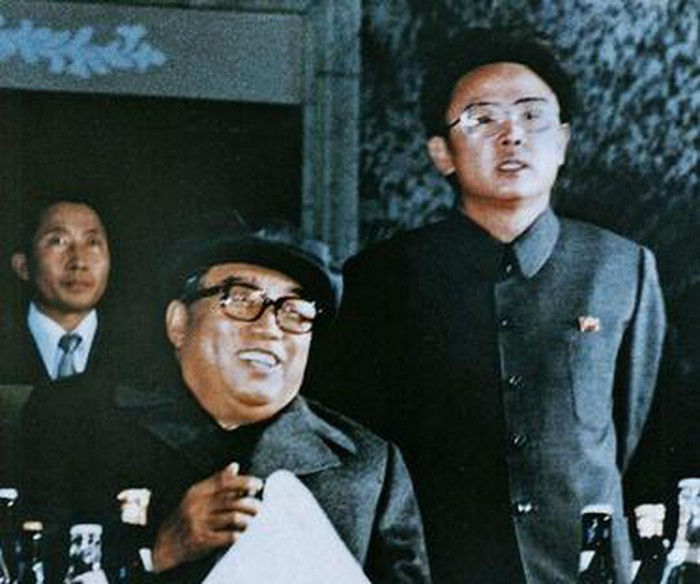
Photo: https://giaoduc.net.vn/ 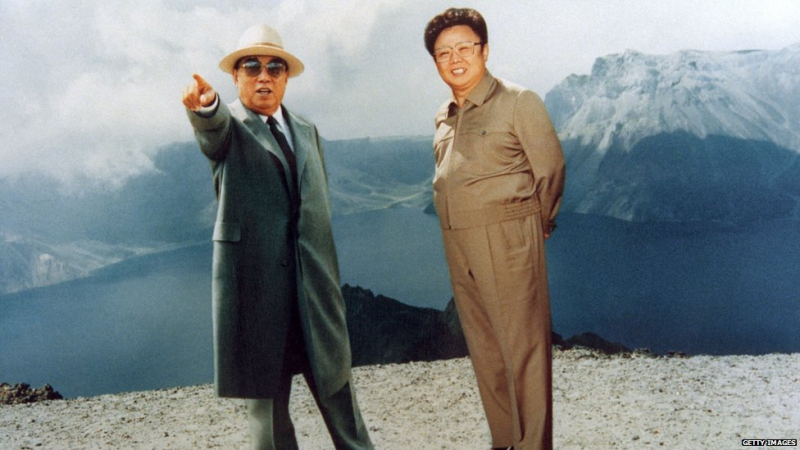
Photo: https://www.bbc.com/ -
According to official records, Kim began walking at three weeks old and began talking at eight weeks. He produced six complete operas and 1,500 volumes during his three years at Kim Il Sung University. All of his operas are "superior to any in the history of music," according to his official biography. Then there is his talent for sports. Kim reportedly shot a 38-under par round on North Korea's sole golf course the first time he picked up a club in 1994, including 11 holes-in-one, according to Pyongyang media. Each of his 17 bodyguards reportedly attested to the record-breaking accomplishment. He then decided to stop playing sports altogether.
His father helped him find safety during the Korean War (1950–1953) in northeastern China (Manchuria), yet the incident is not mentioned in the official biography. He received his diploma from Kim Il-Sung University in 1963 after spending two years studying at an East German college for pilots. Before taking on the role of his father's secretary, he had several ordinary positions in the KWP. During the 1967 party purge, he collaborated closely with his father and was subsequently given various significant tasks. Kim was chosen in September 1973 to fill the important role of party secretary, which included responsibility for agitation, organization, and propaganda.
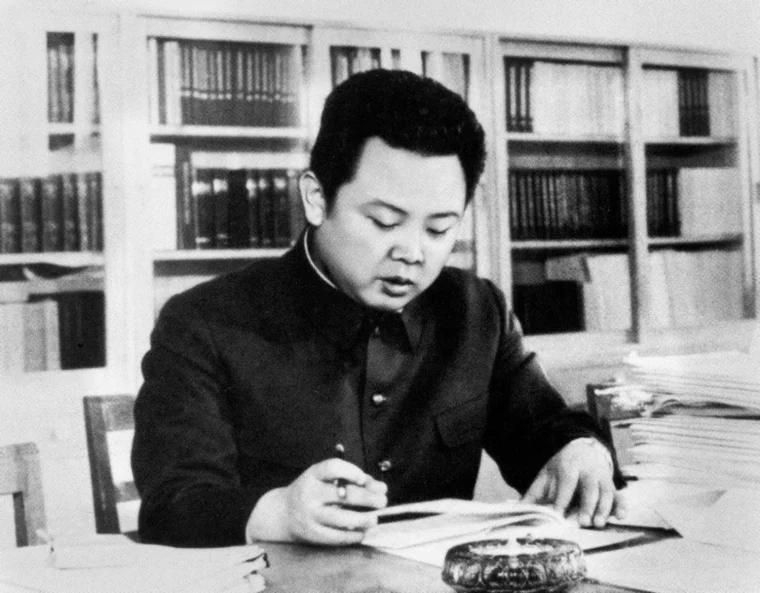
Photo: https://www.nbcnews.com/ 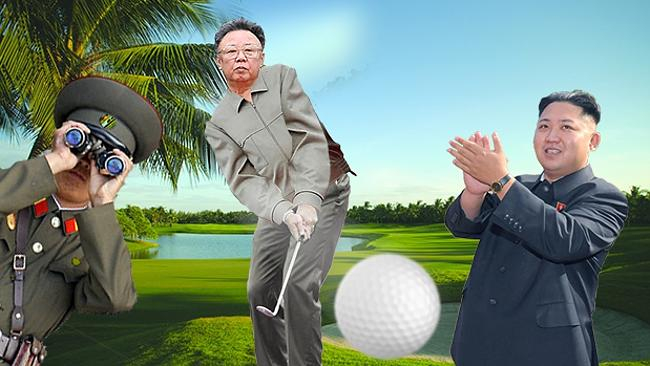
Photo: https://www.golfpunkhq.com/ -
The existence of North Korea's nukes continued to be a global concern. It was widely believed that the Kim dictatorship was using it as a negotiating point to obtain financial assistance and to prevent the development of tensions with South Korea, which were already present. The nation revealed that such a weapon has undergone an underground test in October 2006. After several years of talks being put on hold, a new agreement was reached in 2007. However, it was unclear how to verify North Korea's compliance with the agreement. When Lee Myung-bak was elected president of South Korea in December 2007, inter-Korean ties began to deteriorate once more as a result of Lee's tougher stance toward his North Korean counterpart.
North Korea continued sporadic weapons tests during the following few years, including a second underground nuclear test in May 2009. Several times, most notably in 2010, when the South Korean destroyer Cheonan was sunk close to the maritime boundary in March and two South Korean marines were killed during a military skirmish on Yeongpyeong Island in the same region in November.
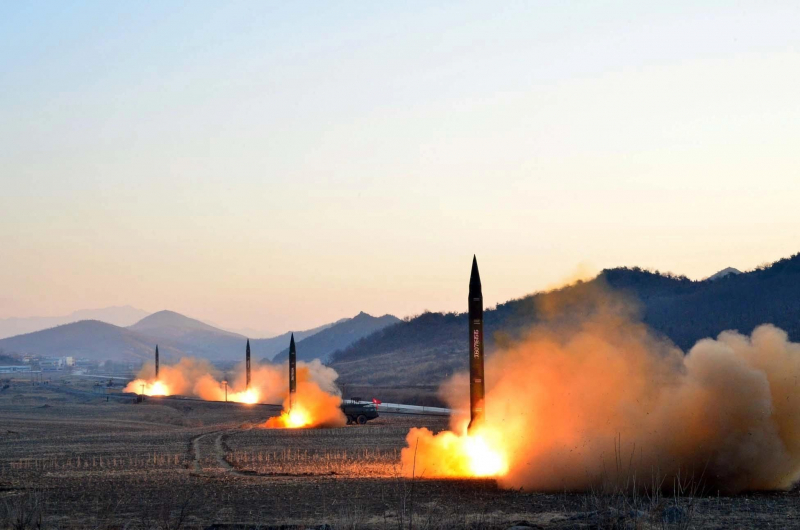
Photo: https://time.com/ 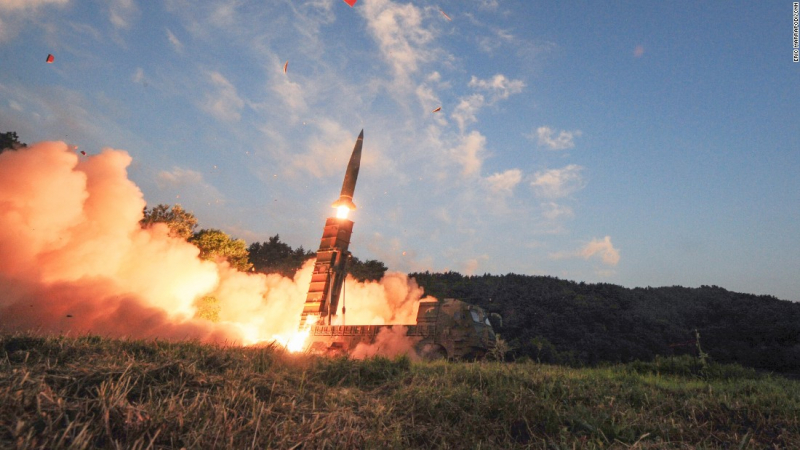
Photo: https://edition.cnn.com/ -
The North Korean leader's dread of flying, which he inherited from his father, Kim Il Sung, may have contributed to his extreme reclusiveness. This story is also one of the most interesting facts about Kim Jong-il. When Kim did venture abroad, he always used a private armored train. He once traveled to Moscow in a luxurious train car. A Russian diplomat who accompanied Kim on his well-known train journey to Moscow in 2001 claimed that roast donkeys and live lobsters were flown to the train every day. Additionally, according to reports, Kim drank Champagne and French wine while consuming the meal with silver chopsticks. Kim was reportedly one of the top consumers of Hennessey cognac in the world.
According to a report from GlobalPost in August, Kim traveled to Russia to meet with President Dmitry Medvedev to gain support for the handover of power to his third son, Kim Jong Un. Kim's affinity for trains is poignant because it is believed that he passed away while traveling by train to a location outside of Pyongyang, the country's capital.
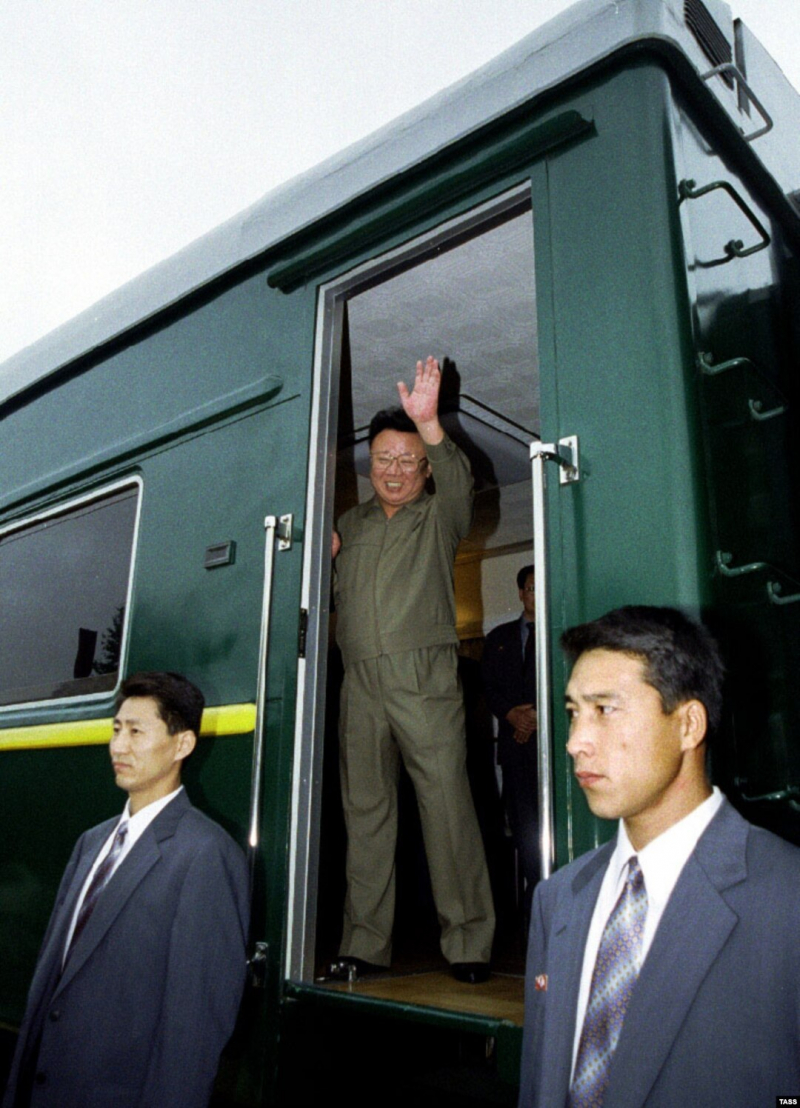
Photo: https://showcase.pangea-cms.com/ 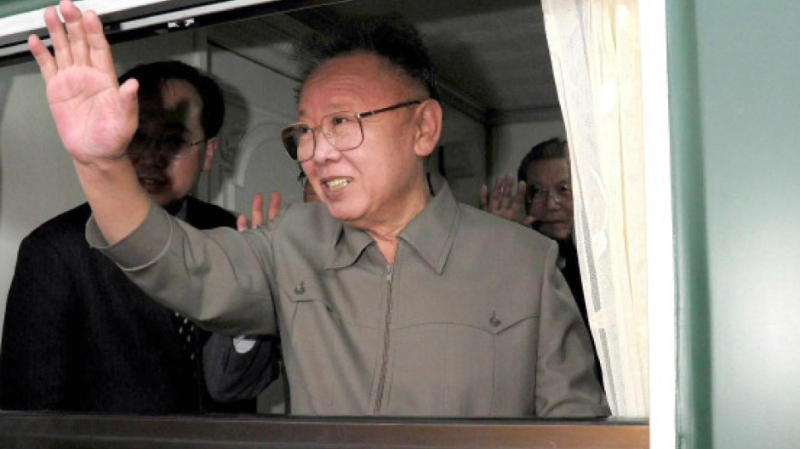
Photo: https://www.faz.net/ -
When Kim disappeared from the public eye for several months in 2008, there were rumors that his health was failing and that he may have had a stroke. The next year, Kim and the North Korean political system reportedly made several measures toward naming Kim Jong-un as his successor.
On December 19, 2011, North Korean official media said that Kim had passed away two days prior on a train. The violent snowstorm that was "paused" during his death, according to the Korean Central News Agency (KCNA), "glowed red over the sacred Mount Paektu," and the ice on a famous lake likewise split with such a thunderous sound that it seemed to shake the Heavens and the Earth." In Pyongyang, Kim's funeral was held on December 28. A period of sorrow followed that day. Kim was referred to as the "everlasting leader" by North Korea on January 12, 2012, and it was reported that his body would be preserved and put on display at Pyongyang's Kumsusan Memorial Palace. The installation of statues, pictures, and "towers to his immortality" across the nation was also announced by officials. His birthday, February 16, was dubbed "the Day of the Shining Star" and deemed "the greatest auspicious celebration of the nation."
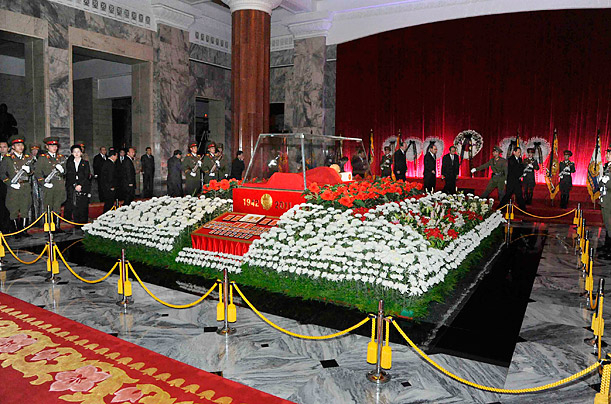
Photo: https://www.faz.net/ 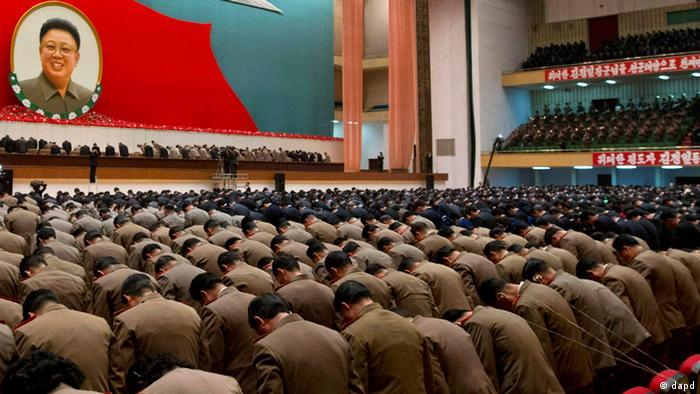
Photo: https://www.dw.com/ -
Kim, who stands at 5-foot-3, strikes an odd-looking pose with his bouffant hairstyle, platform shoes, and an assortment of jumpsuits. The tunic-style clothes, according to the North Korean state-run news website Uriminzokkiri, have ignited the fashion industry and are becoming increasingly popular. Even while receiving foreign guests, the ruler of North Korea dons the overall-style tunic and the khaki or grey coordinating pants. Kim Jong-Il typically dons a formless anorak and a fur hat when he goes on wintertime "field guidance" missions. To appear taller than his 5 feet 3 inches, he is reportedly believed to love a bouffant hairstyle and wear platform shoes.
Nevertheless, the communist party newspaper Rodong Sinmun said that Kim Jong-il's clothes had become a worldwide fashion sensation. Kim Jong Un, his son, and successor, reportedly now enjoys the title of "fashion icon." Numerous young people are reportedly imitating Kim the younger's sleek, cropped haircut on the streets of Pyongyang. Kim the younger may have undergone plastic surgery to make him look more like his father.
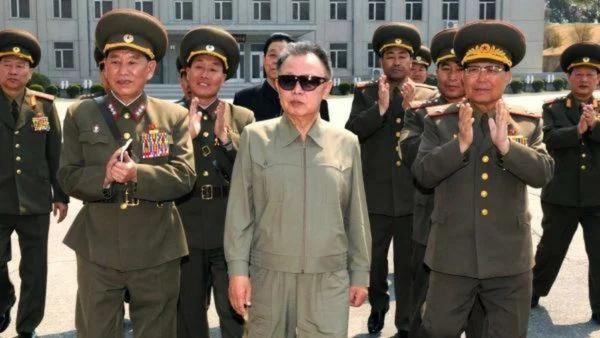
Photo: https://www.economist.com/ 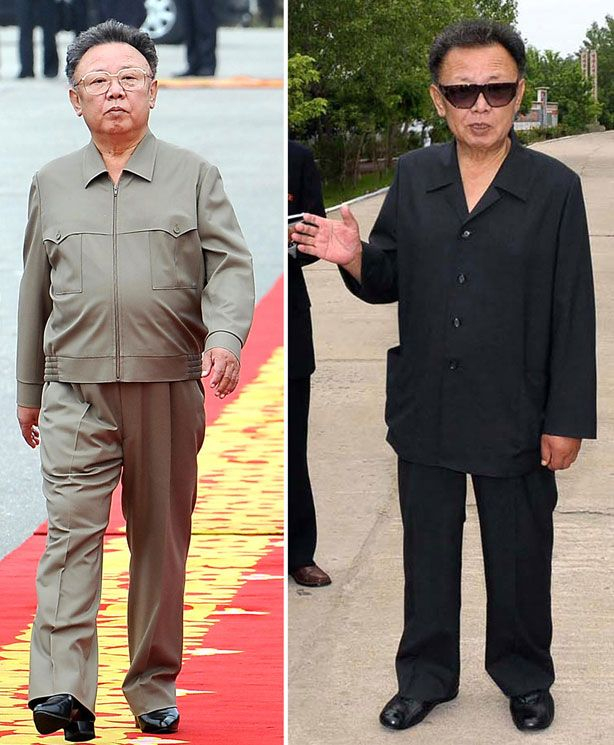
Photo: https://www.pinterest.com/ -
In 1953, at the unofficial end of the Korean War, North Korea built the Peace Village of King-dong, also known as the Peace Village. Three years of terrible fighting that claimed three million lives had tormented both the North and the South. Although open hostilities came to a stop with the armistice, neither side formally recognized a truce.
One of the most dangerous and heavily armed locations in the globe is still the Demilitarized Zone separating the two countries. The border is covered in land mines that are guarded by barbed wire fences, outposts, and thousands of soldiers.
Observers from South Korea claim that King-dong, a village in North Korea, is nothing more than a propaganda-spreading phony town. The structures are thought to be little more than painted-on window shells. From a distance, King-dong appears to be a regular village with a water tower, electricity lines, tidy streets, and lights in the windows of its many structures. However, a closer inspection of "Peace Village" reveals that it has never had even one occupant.
King-dong opened its fake doors in 1953 following an armistice that ended the Korean War and is situated in the Demilitarized Zone (or DMZ) that divides North and South Korea. The Peace Village, also known as a "Propaganda Village," is said to be one of many made-up communities in North Korea, according to experts.
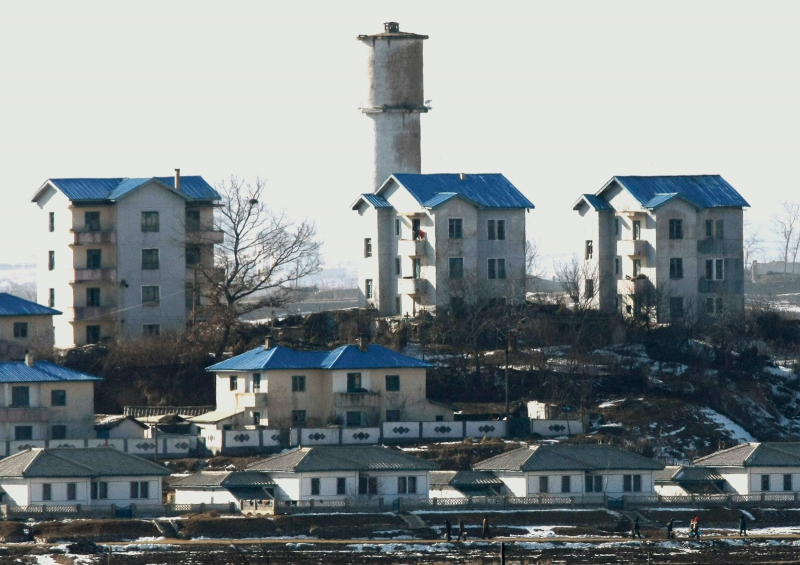
Photo: https://storytellershat.com/ 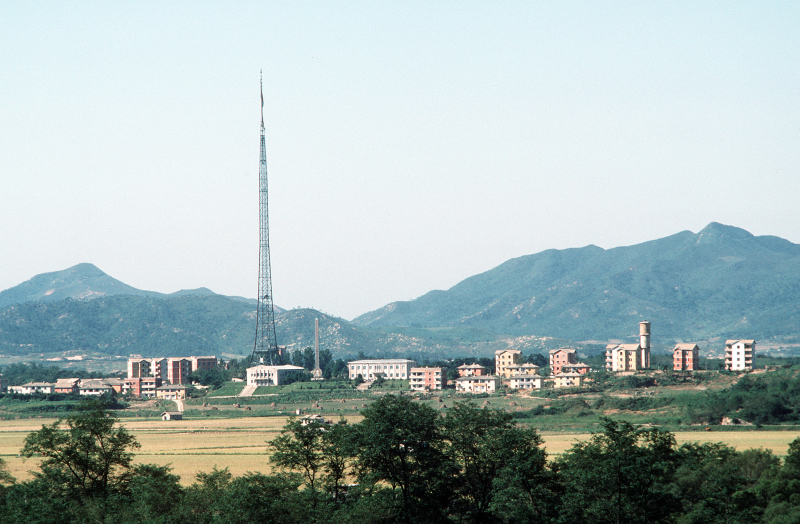
Photo: https://en.wikipedia.org/ -
Kim learns in 2006 that a man in Germany raises enormous bunnies. Huge, enormous bunnies like canine-sized rabbits. The bunnies quickly become Kim's obsession, and he believes they are the solution to his nation's famine issues.
Kim contacts Berlin's Karl Szmolinsky, the leading gigantic rabbit breeder in the world, and requests that Szmolinsky establish a huge rabbit breeding farm in Pyongyang. Kim is convinced that the meat these rabbits produce will put an end to his people's hunger. Szmolinsky informs Kim that this is, quite simply, the worst idea imaginable. Due to their enormous appetites and low meat production, these rabbits consume far more carrots, potatoes, and other vegetables than that. If anything, raising huge bunnies would worsen North Korea's food shortage.
Naturally, Kim pays for the 12 rabbits, which run around $115 each. He informs Szmolinsky that the rabbits will be kept at a petting zoo in Pyongyang and that he will be flown in to assist in setting up a breeding farm in a few months.
He gave North Korea a supply of 12 enormous rabbits to get things moving but was shocked to learn that Kim had eaten them at his birthday celebration that year.
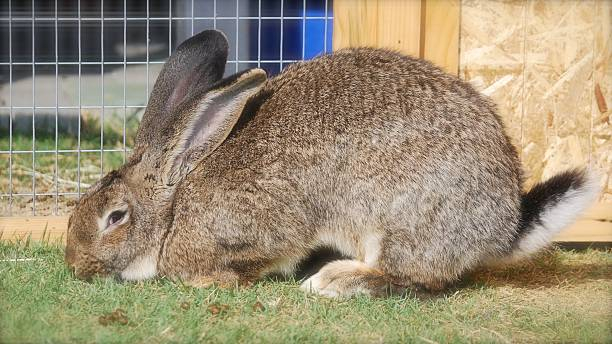
Photo: https://www.istockphoto.com/ 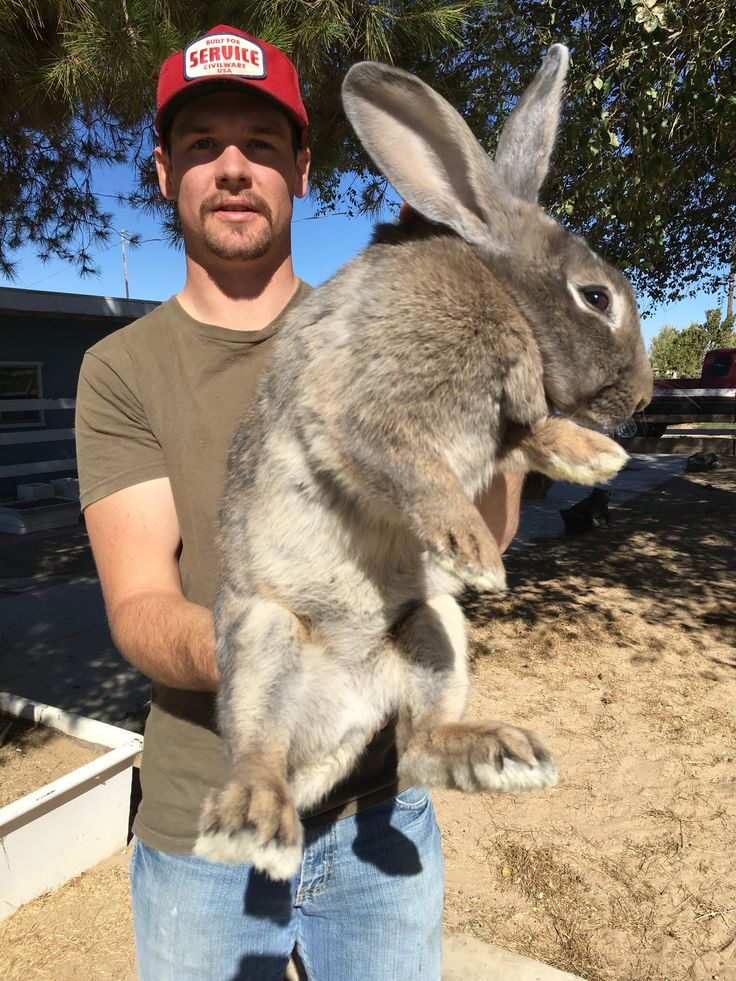
Photo: https://www.pinterest.com/ -
According to the Korean Central News Agency (KCNA), the Supreme People's Assembly's Standing Committee issued an order on January 15. On February 10, the Supreme People's Court of the Democratic People's Republic of Korea issued an order permitting the minting and distribution of coins to commemorate the late leader Kim Jong-il's birthday (February 16, 1942–February 16, 2022).
Each coin has a bust photograph of the late Chairman Kim Jong-il in the center, surrounded by an outline made up of 80 embossed dots, one for each year of his life. Along with the years 1942 and 2022, the words "Celebrating the 80th birthday of the great leader Kim Jong-il" are printed on the coin's top edge.
The tallest mountain on the Korean peninsula (2,744m), Changbai Mountain (Paektusan Mountain), which is close to the Chinese border, is depicted on the coin's reverse as a house. The late leader Kim Il Sung created a revolutionary stronghold here, and the late leader Kim Jong-il was born here. The Korean people regard this as hallowed ground.
The words "Central Bank of the Democratic People's Republic of Korea" are written around the edge of the coin, and the weight, year, and a number of gold ages are printed at the bottom.
On top of that, North Korea hosts numerous other events in honor of the late leader's birthday, including concerts in the nation's capital, Pyongyang, symposiums on his accomplishments, and a ball that is hosted by the UN. Cooking contests are organized by the Korean Socialist Women's Union.
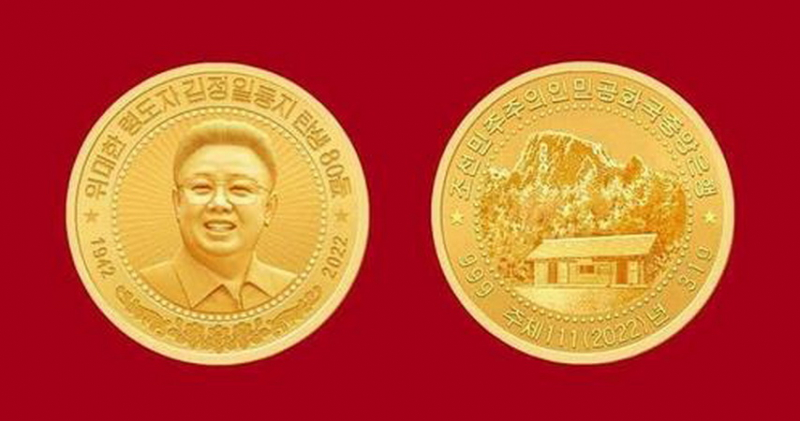
Photo: https://www.vietnamplus.vn/ 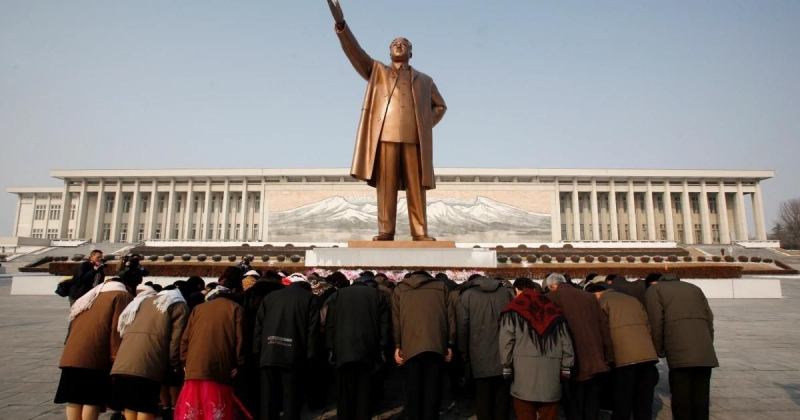
Photo: https://www.brookings.edu/













